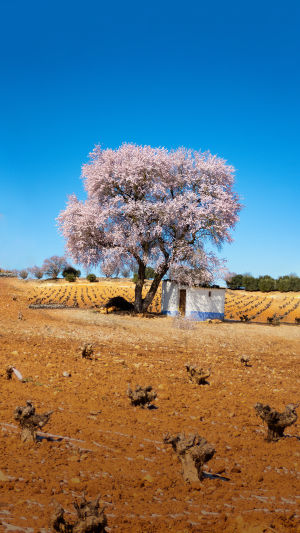Many people are struck by the beauty of cherry blossoms, but many do not know the best time to enjoy the sight of the flowers.
This guide will unveil the best times and places for you to go outside to enjoy flowers, ensuring that whenever you visit, a floral spectacle awaits.
Japan's diverse climate zones facilitate a continuous display of floral beauty throughout the year, each region and season offering its unique blooms. Here’s your essential guide to planning your visit according to the blooming seasons:
<b>Spring (March-May):</b> The iconic sakura (cherry blossoms) dominate the landscape, particularly in early April. Tokyo, Kyoto, and Hiroshima are hotspots for these ephemeral beauties. As cherry blossoms fade, vibrant wisteria begins to drape over parks and gardens, best viewed in places like the Ashikaga Flower Park.
<b>Summer (June-August):</b> The lush landscapes turn vivid with hydrangeas, irises, and sunflowers. The Hydrangea Festival(Ajisai Matsuri) in places like Kamakura showcases stunning varieties. Hokkaido’s Farm Tomita bursts into a rainbow of colours with its famed lavender fields in late July.
<b>Autumn (September-November):</b> Autumn ushers in the autumn leaves, but it’s also a time for cosmos and dahlias. The Hitachi Seaside National Park in Ibaraki is renowned for its sweeping nemophila (baby blue eyes) in spring and equally impressive cosmos fields in autumn.
<b>Winter (December-February):</b> While the colder months are less vibrant, plum blossoms and camellias start to flourish, particularly towards the end of February. The plum blossoms in Kairakuen Garden in Mito are celebrated with the Mito Plum Blossom Festival.
When visiting parks and gardens, respect the cleanliness and orderliness. Picnicking under cherry blossom trees is a popular activity, known as hanami. While capturing these scenic views, ensure you do not damage the plants or disrupt other visitors. The use of tripods may be restricted in crowded areas.
Depending on the season, appropriate attire will enhance your experience. Spring and autumn can be chilly, so layering is recommended. Summers can be hot and humid, so light clothing and hydration are key.
A trip through Japan’s flowering landscapes offers more than just visual delight; it is a chance to immerse oneself in the rhythms of nature and Japanese culture. Each season paints a new picture, and with this guide, Lykkers are equipped to witness the country’s botanical wonders at their peak. Whether strolling under cherry blossoms in spring or wandering through fields of lavender in summer, your floral adventure in Japan promises to be as enriching as it is beautiful.





